
AI in nursing might sound like something from the future—but it’s already here, quietly working behind the scenes to improve workflows, reduce burnout, and even support critical clinical decisions.
I recently sat down with Ali Morin, MSN, RN-BC, CNIO, on the FreshRN Podcast to talk all things AI, informatics, and the future of bedside care. Ali’s background is in pediatric critical care and nursing informatics, and she’s now the Chief Nursing Informatics Officer at Symplr (a tech company focused on making nurses’ lives easier—yes, please).
You can listen to the full conversation here 👇
This podcast is available on Apple Podcasts, Stitcher, PlayerFM, iHeartRadio, Libsyn, Spotify, and Amazon Music.
But if you’re looking for the quick rundown with real-life examples of how AI is already supporting nurses right now, plus a peek into what’s coming, this post is for you.
Table of Contents
What Is AI in Nursing?
When we talk about “AI in nursing,” it’s easy to think it’s all robots and sci-fi. But AI (Artificial Intelligence) simply refers to systems that can analyze data, recognize patterns, and help make decisions or automate tasks—often faster and more accurately than a human can.
In nursing, AI is showing up in ways that reduce time spent documenting, predict adverse events, and help nurses and nurse managers make better decisions more efficiently.
🎙️“We’ve been doing machine learning in EMRs for a long time… Now there’s more forward-thinking about how documentation can free up time for nurses.”
Real-Life Examples: How AI Is Already Helping Nurses
You might already be using AI in nursing and not even know it. Here are some practical ways AI is currently being used in nursing:
Automated Clinical Alerts
EMRs are getting smarter. AI-driven decision support tools can now analyze vital signs, lab values, medication administration, and documentation trends in real time. These systems don’t just flag isolated abnormalities—they look at the full clinical picture. That means they can detect subtle patterns that might suggest early signs of deterioration, like sepsis, long before they become clinically obvious.
🎙️ “It was taking documentation from here, from there, and saying, hey—these don’t align. This patient might be at risk for sepsis. You might want to check the rest of the chart.”
By incorporating AI into clinical alerts, nurses are no longer solely reliant on gut instinct or manual trending of data. It adds a safety net, helping catch what a busy nurse might miss on a hectic shift. AI in nursing here isn’t replacing clinical judgment—it’s enhancing it.
Fall Prevention Tech
Patient falls are a major safety concern—and AI is stepping in to help. Some hospitals now use smart bed sensors, fall mats, and even in-room cameras that feed into AI systems trained to recognize fall-risk behavior. These systems learn from previous incidents, patient mobility patterns, and even behavioral cues, like increased restlessness or attempts to get out of bed unsupervised.
What’s different from traditional fall precautions ➡️ AI systems can adapt and improve over time, sending earlier alerts and even prioritizing patients based on real-time risk analysis. Speaking as an RN who has responded to hundreds (okay, probably thousands) of bed alarms, having them adapt to the unique patient would be extremely valuable and likely reduce alarm fatigue.
AI in nursing doesn’t just mean automation—it means more proactive, targeted care. Nurses can respond faster, and interventions can be more personalized.
Reducing Documentation Time
To be 100 with you, the top benefit of AI in nursing to me is its impact on the process of documentation for nurses.
Documentation is a huge time-sink for us 👎 Between charting assessments, updating care plans, and documenting interventions, it can feel like half the shift is spent at the computer. (Oh, wait… it literally is.) AI tools are now being developed to streamline this process. Think: predictive documentation, voice-assisted charting, and even AI that suggests documentation based on previous entries or real-time assessments. Glory, glory, hallelujah.
🎙️ “If I could walk into a patient room and say, ‘Alexa, chart a normal assessment except for this, this, and this…’ the time that would save? Game-changing.”
Some EMRs now offer smart phrases that adapt based on the patient’s condition or trending data. Others have tools that automatically populate normal findings, so nurses only need to chart exceptions. The goal of AI in nursing documentation is simple: give nurses more time at the bedside and less time behind the screen.
Streamlining Nurse Manager Workflows
Nurse leaders often juggle staffing, scheduling, budget reviews, and incident reporting—all while trying to support their teams. AI is starting to make these behind-the-scenes tasks less manual and more efficient. New platforms can forecast staffing needs based on acuity, census trends, and even past sick call data. Some systems can suggest optimal schedules that minimize overtime and improve work-life balance for staff.
🎙️ “Nobody went to school to spend time charting in the EMR. No nurse manager signed up to bounce between 13 systems just to manage staffing.”
AI in nursing leadership helps managers focus on people, not just paperwork. That means more time for rounding, mentoring, and creating a healthy unit culture—which, let’s be real, is what actually keeps nurses from burning out.
I like to think of nurse managers as the team’s general manager, with the charge nurse as the head coach. It is vital to the overall function of a team if the GM is aware and present of issues, rather than locked away in their office, overloaded with mundane paperwork.
Why Nurses Are (Rightfully) Skeptical
Let’s be honest—nurses don’t always love change, especially when it comes to tech that could impact patient safety. And AI brings its own set of concerns:
• What if it gets something wrong?
• Will it take away our critical thinking?
• Who’s actually making the decisions about what tools we use?
These are valid questions. That’s why it’s so important to have nurses involved in the decision-making process.
🎙️“Trust is a huge thing with AI. Nurses are still comparing AI’s output to their own. But when it starts aligning? That’s when trust builds.”
AI in nursing isn’t about replacing the human brain—it’s about supporting it. It can catch things we might not notice in the chaos of a busy shift, but it’s still up to the nurse to interpret, validate, and act. That critical thinking skill? Still 100% essential. If anything, AI tools require us to sharpen it.
What’s often missing in the conversation is who is deciding what AI tools get implemented and how they’re integrated into workflows. When nurses are left out of these decisions, it creates distrust. But when bedside nurses, informatics nurses, and nurse educators are part of the process from the beginning—testing tools, offering feedback, raising safety concerns—that’s when AI becomes something we can trust and use confidently.
This is why nurse representation in technology committees, EMR optimization groups, and AI development projects is so important. AI in nursing must be a collaboration between clinical expertise and technological innovation. Because at the end of the day, nurses know the patient. And tech—no matter how smart—has to work for us, not around us.
The Future of AI in Nursing: What’s Coming Next
We’re just scratching the surface of what AI in nursing can do.
Ali shared that in 20 years, many med-surg patients might not even be in hospitals anymore—thanks to the rise of virtual care and hospital-at-home models powered by predictive AI. These aren’t science fiction concepts—they’re already being piloted in some health systems. The combination of wearable tech, remote monitoring, and real-time data analysis means that many patients can now safely recover at home, with hospital-level oversight.
But even in the short term, here’s what’s coming soon (and in some places, it’s already here):
🔮 Predictive deterioration tools
AI is evolving to not only alert nurses when something is wrong, but to forecast when something might go wrong—sometimes up to 12–24 hours in advance. These predictive analytics tools analyze hundreds of data points from vitals, labs, and documentation to spot early signs of clinical decline. For nurses, this could mean earlier interventions, more time to escalate care, and potentially fewer codes and rapid responses. This can also help solidify those “gut-feeling” instincts nurses have when they have a bad feeling about a patient!
📊 Automated care plans based on real-time data
No more copying and pasting generic goals into the chart. AI-driven care plans can dynamically adjust based on the patient’s actual status—like mobility scores, fluid balance, or wound progress—helping ensure care is truly individualized. Instead of spending time tweaking templates, nurses can focus on clinical care, knowing the documentation supports it in the background.
🗣️ Voice-assisted charting
We’re moving toward a future where nurses can chart with their voices instead of their keyboards. Imagine walking into a room and saying, “Alexa, chart vitals,” or “Record head-to-toe assessment with exception: left foot ulcer, stage II.” Voice recognition tools powered by AI are becoming more accurate, HIPAA-compliant, and context-aware. And yes, it could drastically cut down on end-of-shift charting marathons.
🔄 Streamlined workflows
Right now, nurses often chart the same thing in multiple places: flowsheets, progress notes, handoff reports, and more. AI in nursing is helping to connect those dots. Smart documentation tools are being designed to auto-populate across different areas of the chart, so nurses only have to document once. Fewer clicks. Less redundancy. More time with patients.
Bottom line: AI in nursing isn’t about doing more with less. It’s about doing better—with smarter, more supportive tools that allow nurses to focus on what they do best: caring for people.
So, What Should New Nurses Know?
If you’re just getting started in nursing and hearing all this AI talk—it can feel overwhelming. But here’s the deal: AI is not replacing nurses. It’s here to help us get back to what we’re best at—caring.
🎙️“AI can never replace the human touch. But it can handle the stuff that’s pulling us away from the bedside.”
What matters most is staying engaged, asking questions, and being open to learning how these tools work—so you can use them to your advantage and keep advocating for what actually works at the bedside.
Final Thoughts on AI in Nursing
AI in nursing isn’t just about the future—it’s about making shifts right now more manageable, more focused, and less overwhelming. If you’ve ever felt buried under documentation, behind on your charting, or like you’re being asked to do too much with too little time… this conversation is for you.
Be sure to check out the full episode with Ali Morin to dive even deeper into how nursing informatics and AI are shaping the future of our profession—one smart tool at a time.
Interested in informatics?
More Resources on AI In Nursing
- How AI Makes Workforce Management Easier For Healthcare Teams – by Ali!
- Technology That Works for Caregivers, Not Against Them
- Artificial Intelligence in Nursing – It’s All About Trust
Streamline your nursing assessments with real-life tips to help you stay efficient and confident (even when your shift is chaos). Perfect for new grads finding their flow!
Continue Reading 4 Quick Nursing Assessment Tips for Your Next Shift
What does a “medical surgery nurse” do? Learn the correct spelling of “med-surg,” what it’s like to work on a medical-surgical unit, and why it’s one of the most important specialties in nursing.
Continue Reading Curious About a “Medical Surgery Nurse”? Let’s Talk Med-Surg
How long does it take to go from BSN to DNP? Let’s talk what affects the timeline, and how BSN to DNP programs compare to other nurse practitioner paths. Plus tips for choosing the right program.
Continue Reading How Long Does it Take to Go From BSN to DNP? Let’s Discuss.
The Adult Gero NP role focuses on caring for adults across the lifespan, including older adults. This guide breaks down what AGNPs do, how they compare to other NP specialties, and what it takes to earn your AGNP degree and certification.
Continue Reading So You Wanna Be an Adult Gero NP? Here’s What to Know First
Want to get a nursing informatics degree online? Let’s break down what your options are, and how to choose a path that aligns with your personality and career goals.
Continue Reading Nursing Informatics Degree Online: Everything to Know Before You Enroll
Learn how the post master’s certificate in nursing works, who they’re for, and how to expand your practice with flexible post-grad nursing options.
Continue Reading Post Master’s Certificate in Nursing: What Is It?
Ready to think like the nurse everyone trusts?

You’re a good nurse—but you want to be a great one. The kind who notices subtle changes, makes smart decisions under pressure, and earns the respect of coworkers and providers alike (even that kinda intimidating one 👀). That next-level skill? It’s critical thinking—and it’s something you can learn. In Critical Thinking for Nurses, I break down exactly what critical thinking actually is (spoiler: it’s more than just “using your judgment”) and how to use it every day on the floor. You’ll get practical tools, real-life examples, and simple steps to start thinking like a seasoned nurse—now, not five years from now.
Start Now

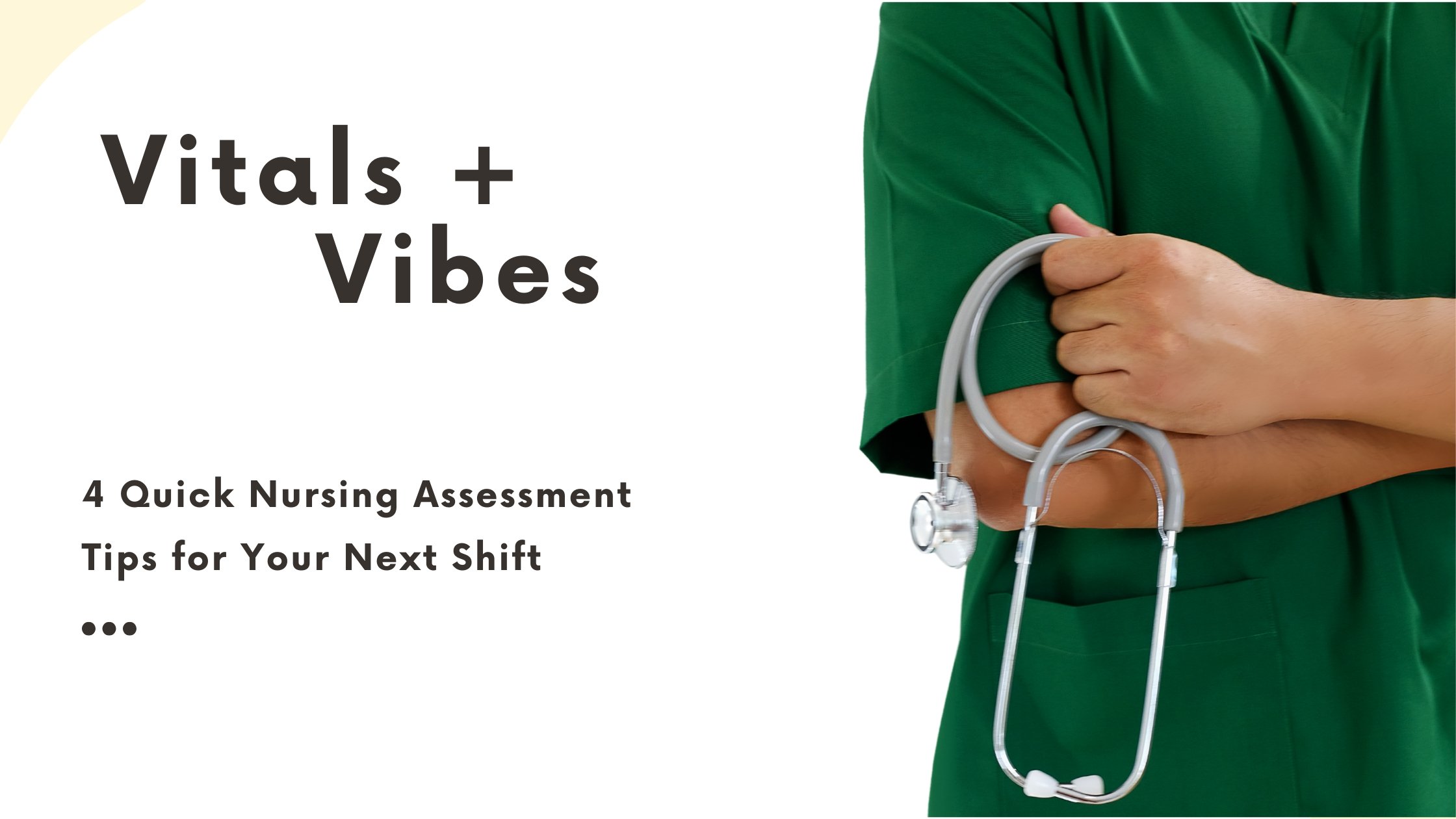
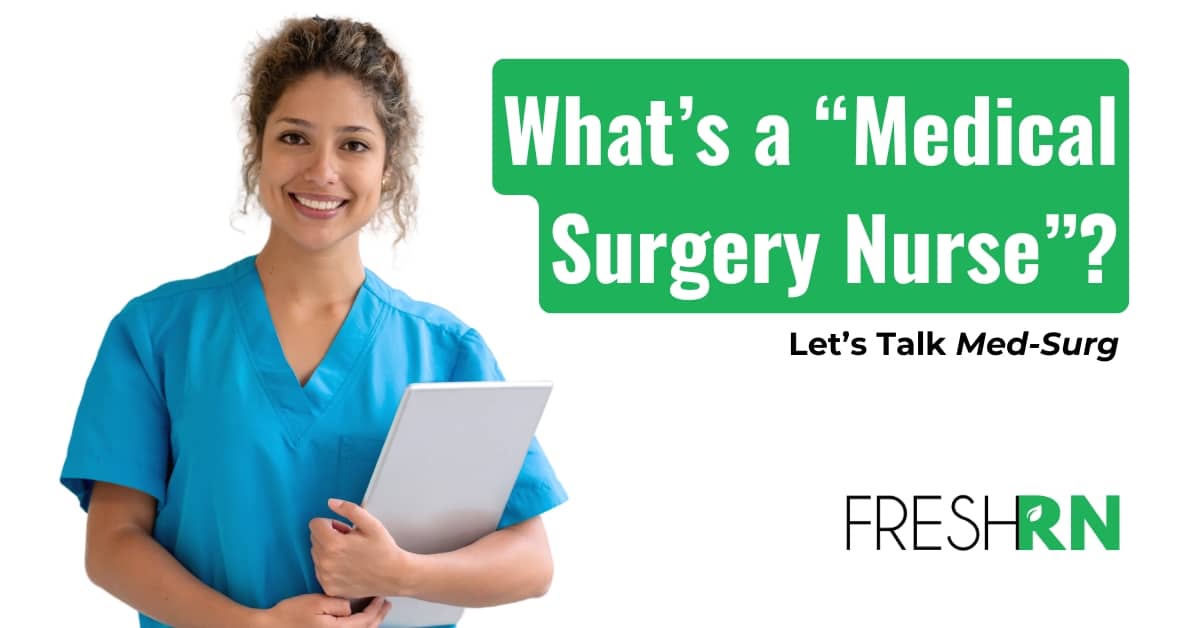
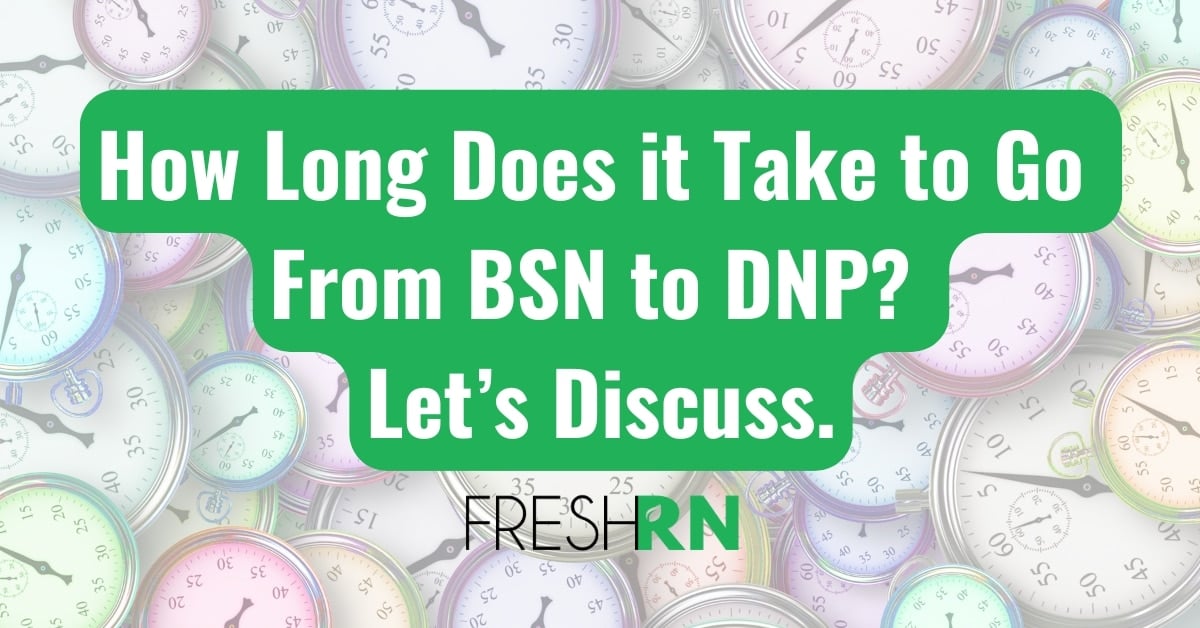
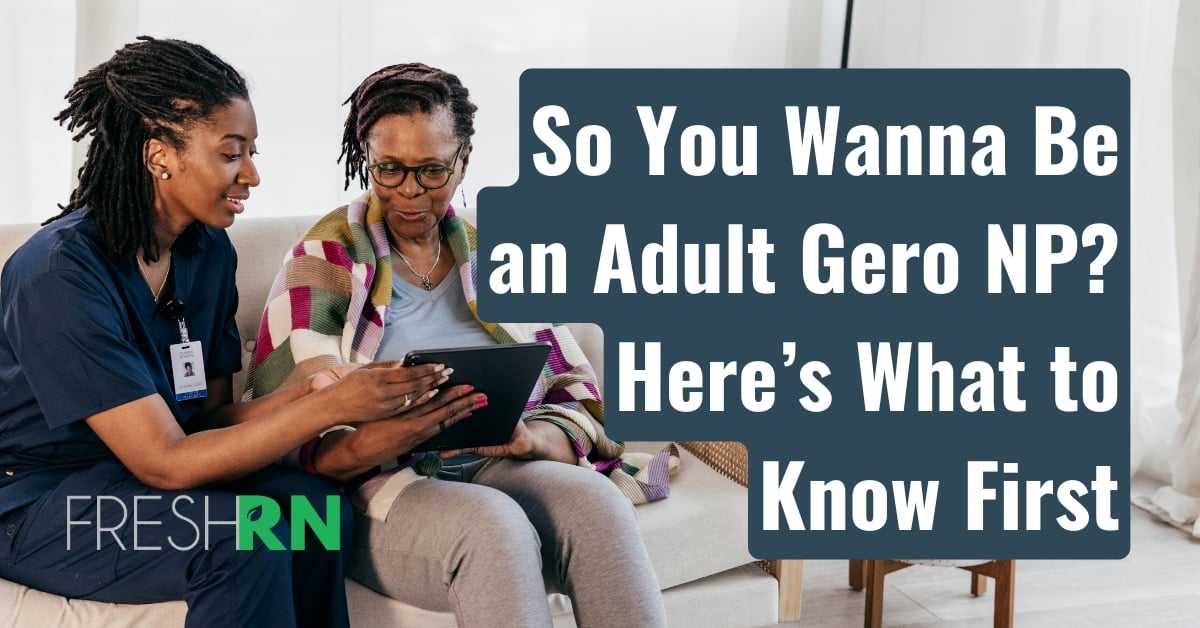
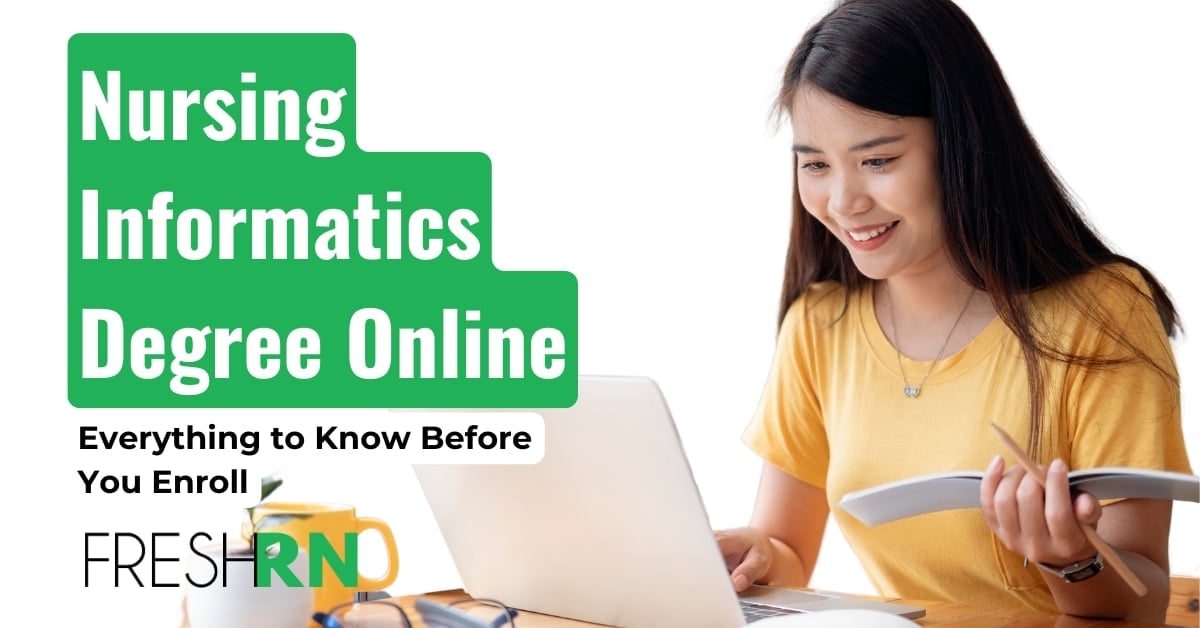
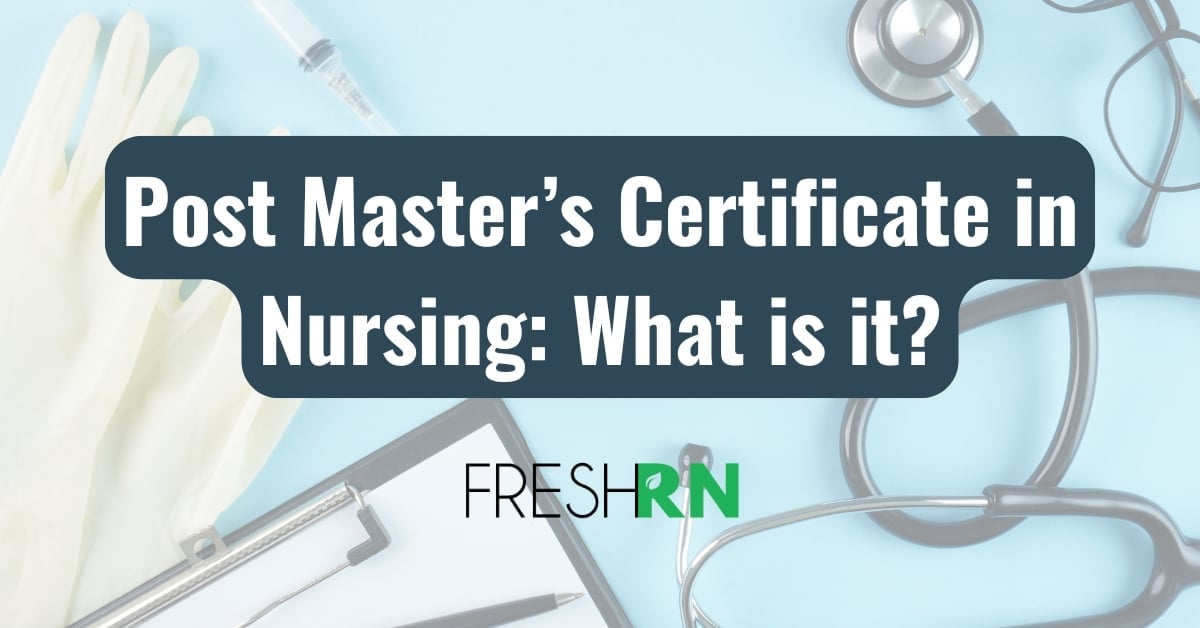


0 Comments